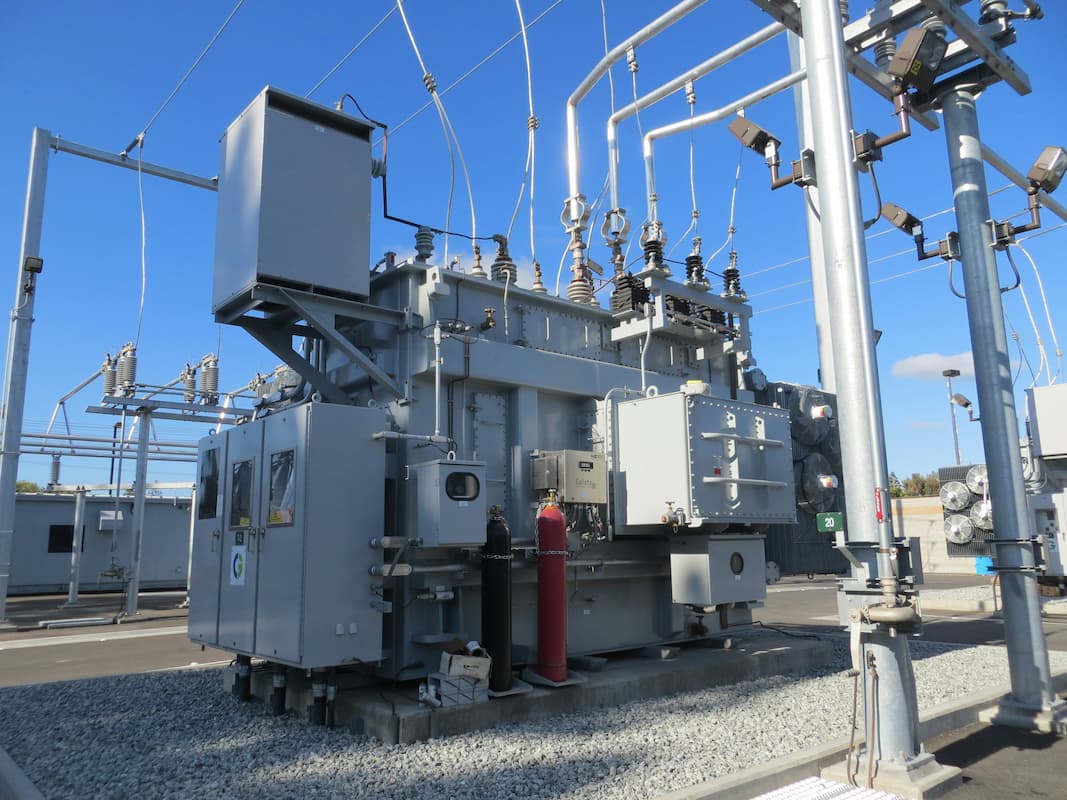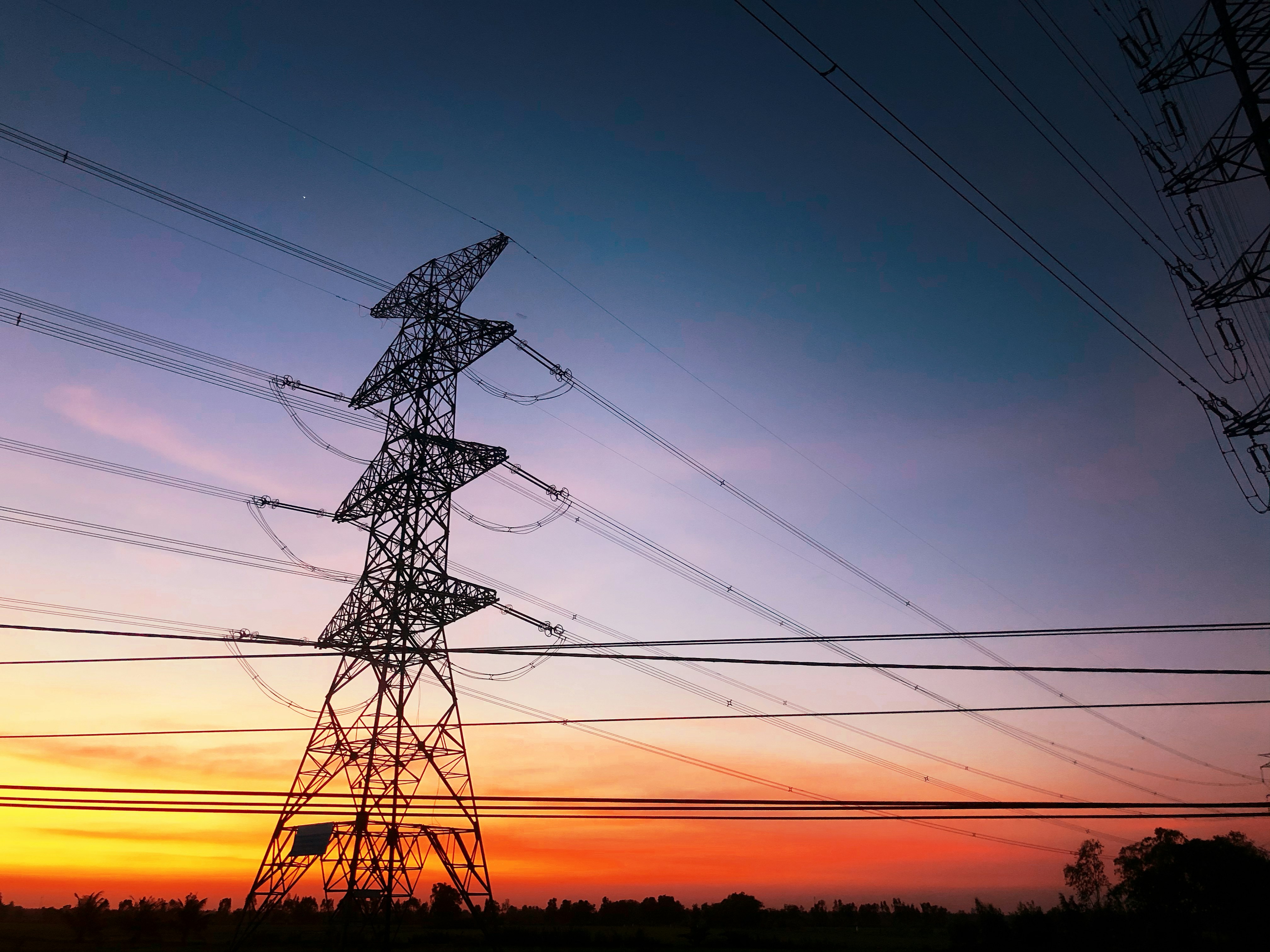Stimulating Energy Efficiency: Five Lessons from the Great Recession
Let's Save Energy
Alliance to Save Energy's Blog

Even though the Great Recession was considered a once-in-a-century crisis, we’ve found ourselves in an even more catastrophic economic calamity just a little more than a decade later. Back in 2008, the United States and the European Union respectively passed the American Recovery and Reinvestment Act (ARRA) and the European Economic Recovery Plan to jumpstart their struggling economies. Both packages provided unprecedented investment in clean energy, particularly in energy efficiency.
In an EE Global Webinar co-hosted by the EE Global Alliance and Renovate Europe Campaign last month, leaders from Europe and the U.S. discussed how energy efficiency fared in respective recovery efforts, and what today’s COVID-19 recovery packages can learn from these past efforts to get the most out of our investments. As Peter Sweatman, CEO of Climate Strategy and Partners, reminded webinar participants: “History doesn’t repeat itself, but it often rhymes.” Below, we distill some of the key lessons for European and American policymakers explored in the webinar.
Play the Long Game
Grade school students are taught to spend ten minutes planning an outline of their in-class essay before putting pen to paper. While this advice may feel like a bit of a vanity exercise given the urgency of getting folks back to work, the payback of planning a long-term approach is well worth it. Short-term or “shovel-ready” projects should contribute to long-term strategies, and we need to remember that the climate crisis will outlive the health crisis. Even though climate change was still a burgeoning concept back in 2008, ARRA provided the single largest investment in clean energy in American history. Europe’s €750 billion stimulus package, which was passed last week, earmarks almost a third of its funding to climate change-related projects.
Equity First
As the world collectively works to rebuild our global economy, it is imperative that we do so in a way that creates jobs across geographies and demographics. Europe’s approach is the establishment of the Just Transition Fund (despite billions for the fund being cut in negotiations), which aims to reduce the socio-economic burden on communities that are less equipped to transition to a decarbonized economy. In the U.S., Alliance Honorary Board Member Rep. Bobby Rush (D-Ill.)’s Blue Collar to Green Jobs Development Act of 2019 proposes the creation of a program dedicated to educating and training underrepresented groups to pursue careers in clean energy industries. In Rush’s own words: “By encouraging these historically overlooked groups to work in clean energy sectors, this bill will help to make sure that no one is left behind as we transition towards a more sustainable energy economy.” Congress should consider adding Rush’s bill into a stimulus package.
Expand Existing Programs
It’s a cliché, but don’t reinvent the wheel. As Europe embarks on its Renovation Wave – a continent-wide effort to retrofit millions of inefficient buildings – it should look to replicate successful retrofit program models. Estonia’s successful Renovation Loan Programme, for instance, could be used as a template for a European-wide building retrofit initiative. Similarly, the U.S. has many existing and well-vetted grant programs that are woefully oversubscribed, such as the Weatherization Assistance Program (WAP) for residential retrofits and the Better Utilizing Investments to Leverage Development (BUILD) program for transportation infrastructure projects. Additionally, expanding existing energy efficiency tax credits is a straightforward way to drive economic activity. Distributing dollars through existing programs may also significantly expedite the process of getting folks back to work.
…But Don’t Shy Away from Bold Ideas
That said, we shouldn’t shy away from the opportunity to experiment with new programs, which could help us reach energy efficiency’s untapped potential. The Alliance and other stakeholders identified two areas of neglect – modernizing public facilities and helping small businesses with efficiency upgrades – and worked with partners to develop two proposals for new program models: the Mission Critical Facilities Renewal Program and the Small Business Energy Efficiency Grant Program (SBEEG).
Leverage the Power of the Private Sector
Perhaps one of the biggest regrets from the Great Recession was that recovery packages didn’t stimulate enough private investment – a shame considering that public funds can typically be leveraged to draw significant private investment. To achieve this, policies should be flexible, include strong targets, and send clear and long-term market signals. Policies also shouldn’t be overly prescriptive, or they risk deterring investors. And while oversight is necessary, the government’s requirement of individual project reviews and scrupulous reporting creates unnecessary bureaucratic hurdles.
Stay Simple and Flexible
Too much choice actually hinders decision-making. While the ‘paradox of choice’ is most often used to explain consumer behavior (think of the overwhelming amount of cereal types and brands in the grocery store), it’s also useful to apply to program mechanisms and incentives. According to the Renovate Europe Campaign, there are over 100 fiscal tools that can be leveraged to fund building retrofits in the EU. While financing is a known barrier to implementing energy efficiency, the campaign argues that the sheer amount of incentives presents undue confusion and complexity for building owners interested in undertaking building retrofits. Bringing fewer incentives fully to scale is a better solution.
Moreover, while ARRA was the largest single investment in energy efficiency, policymakers did not fully consider how new programs would complement existing programs. One such question that policymakers should ask is how to complement utility funding programs (hint: check out the Alliance’s SBEEG proposal). But the (literal) buck can’t stop with investment: webinar speakers warned us that investment needs to be paired with education on the flexibility of programs at the local, state, and federal level.
As Europe moves forward in implementing its stimulus package and the U.S. looks toward its next deal, we hope policymakers will consider these lessons from the past, and use them to build a more energy-efficient future.
Due to the ongoing health crisis, the EE Global Forum has been transformed into a series of webinars. To register for the webinars, visit eeglobalforum.org. A recording of “Energy Efficiency and Economic Recovery: Lessons from the EU and US” can be found here.
RECENT BLOG POSTS
STAY EMPOWERED
Help the Alliance advocate for policies to use energy more efficiently – supporting job creation, reduced emissions, and lower costs. Contact your member of Congress.
Energy efficiency is smart, nonpartisan, and practical. So are we. Our strength comes from an unparalleled group of Alliance Associates working collaboratively under the Alliance umbrella to pave the way for energy efficiency gains.
The power of efficiency is in your hands. Supporting the Alliance means supporting a vision for using energy more productively to achieve economic growth, a cleaner environment, and greater energy security, affordability, and reliability.



